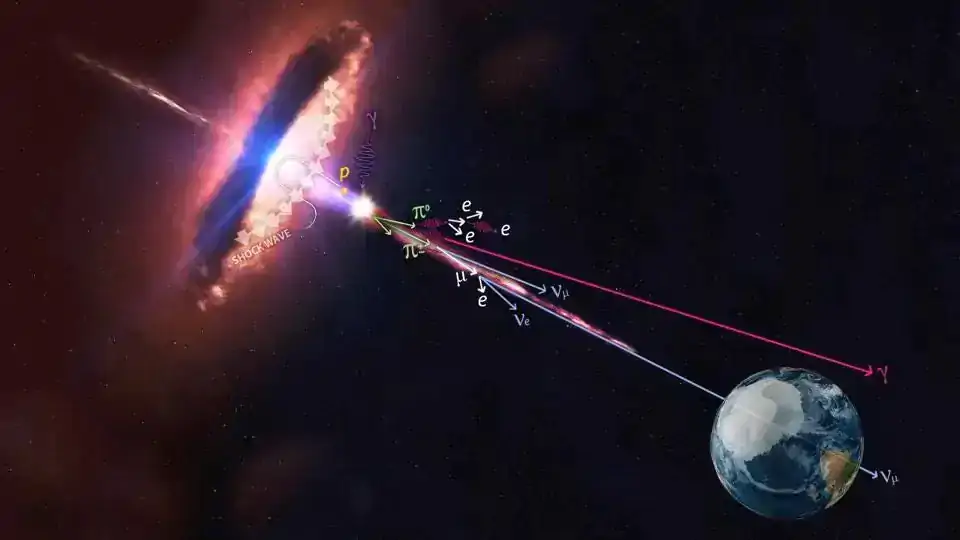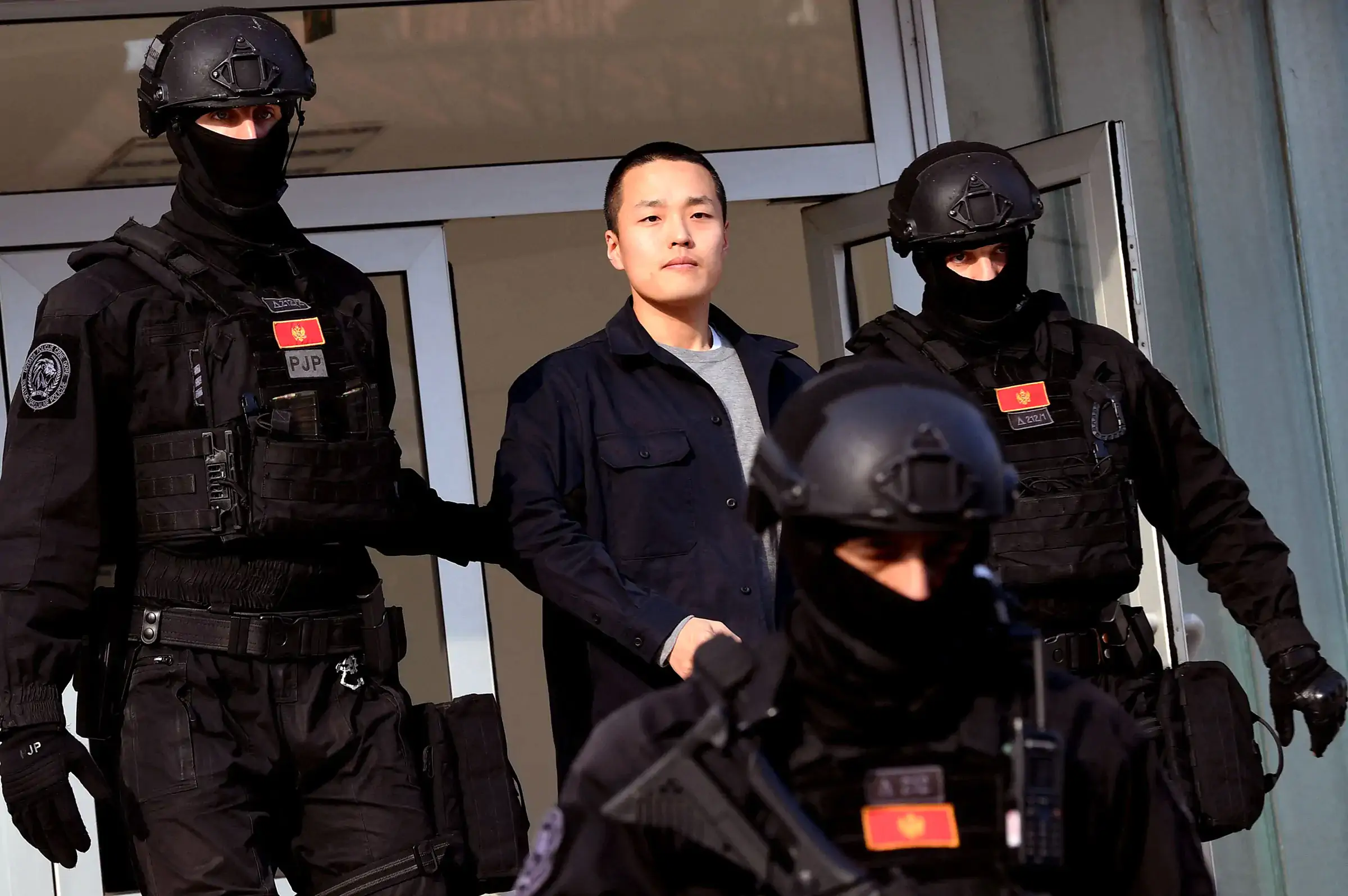Eliza Gkritsi
Eliza Gkritsi is CoinDesk's crypto mining reporter based in Asia.
Graphics processing units (GPUs), which are used for mining ethereum, are getting cheaper as the network prepares to switch to a proof-of-stake (PoS) model from proof-of-work (PoW), which will render these computer parts virtually useless for those mining ethereum.
The asking price for popular GPU models on eBay has dropped by 37% since May 2021, when Chinese authorities issued a renewed crackdown on crypto mining in the country, CoinDesk calculated, using data from Tom’s Hardware.
But the price drop has accelerated this year, as Ethereum developers have been testing the PoS model and the price of the second-largest cryptocurrency has slumped.
The price of 10 major GPU models on the online marketplace dropped by 7.4% in January, 9.5% in February and 12% in March.
Crypto mining accounts for about 35% of the consumer demand for GPUs globally, Tristan Gerra, managing director and senior analyst for semiconductors at investment bank Robert W. Baird, told CoinDesk.
Read more: How Ethereum Will Be Transformed in 2022
GPU miners “are not really investing in new equipment at the moment, since prices have been high for a while,” and “most of them are likely waiting for when Ethereum moves to PoS, to buy up the secondhand GPUs” from those who will give up when the shift happens, Joe Downie, chief marketing officer at hash power broker NiceHash, told CoinDesk.
“It's widely accepted as a poor investment right now, since the ROI (return on investment) is much longer,” Downie said.

Percentage daily hashrate growth on the Ethereum network, averaged out per year, according to Etherescan.io. (Eliza Gkritsi/CoinDesk)
The network’s hashrate, a measure of computing power, has been relatively stable since the start of the year, data from information platform Etherscan shows.
When Ethereum eventually moves to PoS, even more GPUs will be dumped on the secondary market, and prices will likely spiral even further, Gerra said.
Adding to the downward pressure is that the price of ethereum has been relatively low, while the difficulty of mining has increased. The price has picked up a little recently, but “there is still some distance to the previous peak,” said a spokesperson for f2pool, the second-largest Ethereum mining pool by computing power according to information platform MiningPoolStats.
At the same time, the difficulty of mining ethereum continues to rise, and so GPU miners’ mining revenue is declining continuously, the f2pool spokesperson said.
When the Ethereum network reached record difficulty in December, NiceHash saw about 300,000 miners drop off its platform, Downie said.
In February, the war in Ukraine depressed crypto prices, which in turn made mining less profitable, and so GPU prices fell even more, said Haohao, a sales rep from Xuxin Science and Technology, a company that resells mining machines in China.
Haohao estimates that only 20% to 30% of crypto mining equipment that was in China has been sold after the crackdown.
Since the ban, the domestic market has been “flooded with a lot of secondhand equipment, and although most of this is ASICs (application-specific integrated circuits), there was also some big GPU mining there, this also brings prices down,” Downie said.
In the past month or so, slowing consumer demand in China and Europe has led to even more excess inventory, pushing GPU prices even lower, Gerra said. For that reason, the investment bank downgraded chip maker Nvidia’s stock to neutral from outperform earlier this month.
Read more: Ethereum Merge No Longer Expected in June



 BlocksInform
BlocksInform










